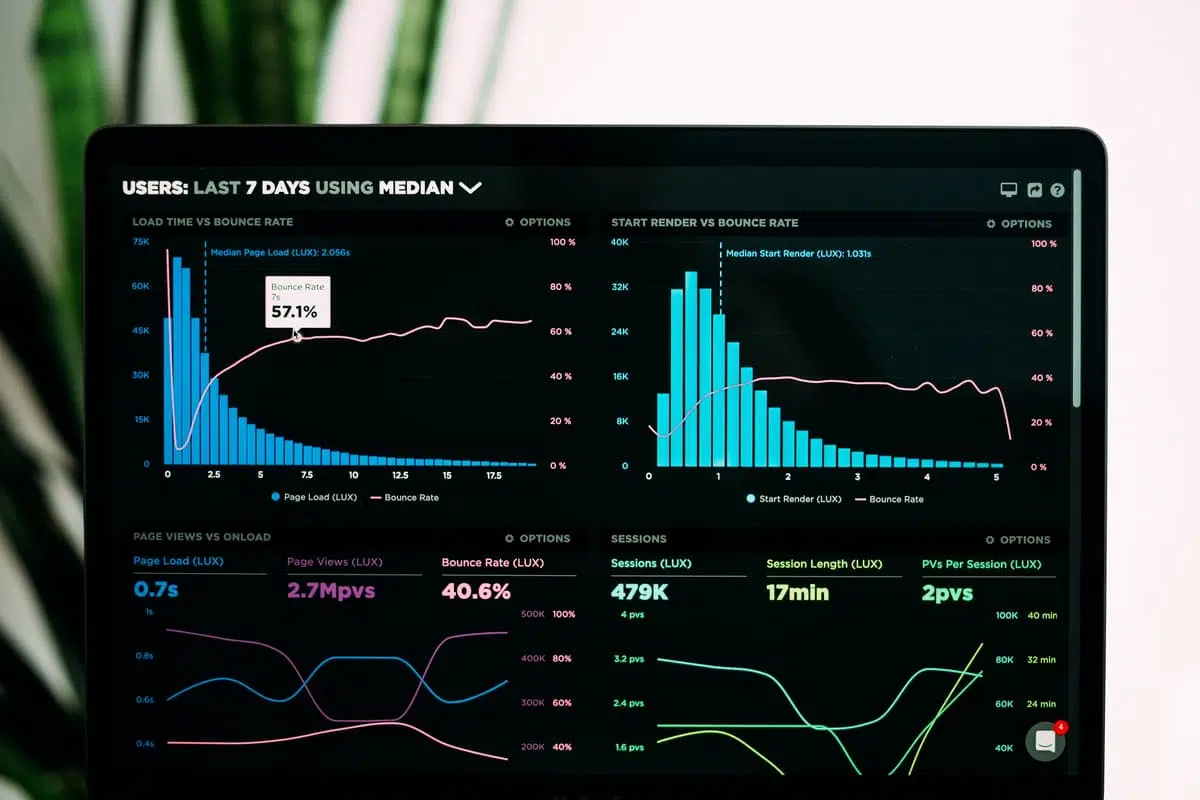Every business has goals it would like to achieve, from those pie in the sky ambitions to simply streamlining customer journeys. Any tool that can help to achieve these goals is surely worth its weight in gold, no? What if I told you that you already have this tool: website data. It’s time to stop ignoring your website data and start making it work for your business.
Set your goals
Data is an asset to your business. It gives you an insight into your market and customers. The collection of data and how we analyse and interpret it has a massive impact on any business – big or small. But, before you start to evaluate what your website data is telling you, ask yourself:
“What am I trying to achieve?”
Is it more leads? More conversions? A bigger target audience? Whatever you’re looking to achieve will tell you what you should measure, and how you should measure it.
How to measure
So, you’ve set a goal, and undertaken an activity to achieve it. Great. But, how can you really assess whether the activity was a success, or even measure its success? And where does website data come in?
The primary method of measuring is using metrics. Metrics are quantifiable measures used to track and assess the status of a specific business process.
Don’t be vain
Vanity metrics e.g. the number of likes or followers you have, might give you superficial comfort that your marketing is proving effective. However, you should be more interested in sanity metrics, the ones that encourage and enable strategy and business development. Vanity metrics show you elements of your success but not the big picture. What does a ‘like’ really mean? Has it led to a website visit, a newsletter signup, or, even better, a sale?
Stay SMART
Before you begin to use and analyse your website data, you should set SMART objectives. A marketing acronym used to aid objective setting. To be SMART, an objective must be specific, measurable, achievable, realistic and time-related.
Without a SMART objective, your data analysis is no better than a vanity metric.
It’s all in the data
Your data shows you had fewer visits to your website than last month. However, your SMART objective is to increase your conversion rate by 25%. You might think pouring resource into a marketing campaign that attracts more visitors to your site will improve your conversion rate. However, identifying the value in the site visits you received will guide you far more on how to improve your conversion rate than reviewing site visits alone. By delving more into the data you have, will yield greater returns on investment than looking at vanity metrics alone.
Always ask questions
Instead of throwing resources into a poorly-planned campaign, start by questioning your website data. Examine it to find out what type of visitors demonstrate the highest conversion rate, what channels visitors use to reach the site. Identify where they live and how they browse your site.
Analyse your website data so you can design specific and targeted campaigns that achieve your SMART objectives.
Using data to improve your business
Website data can support your business strategy and development and reap rewards like lowering your marketing costs, allocating resources efficiently, and achieving higher conversion rates.
James Royce is the Technical and Operations Director at Mackman.
Next month, we’ll be looking at the importance of a brand toolkit with Mackman’s Creative Director, Bruce Burgoyne.
